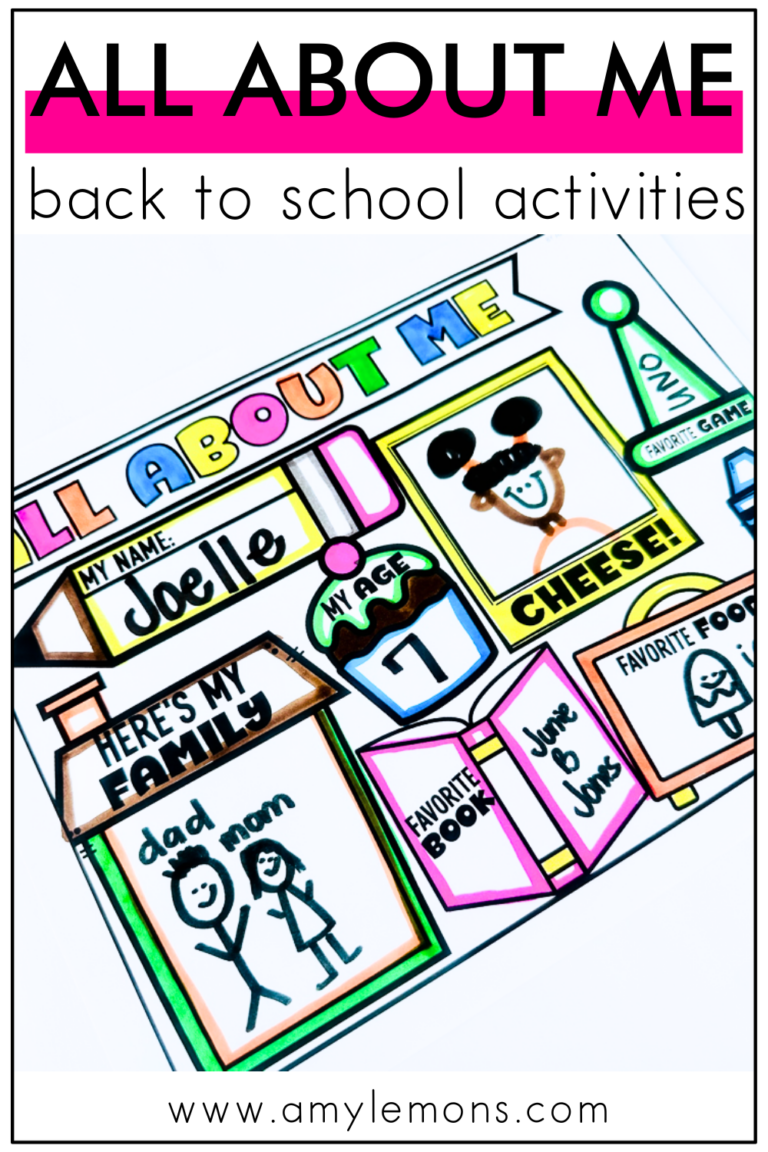
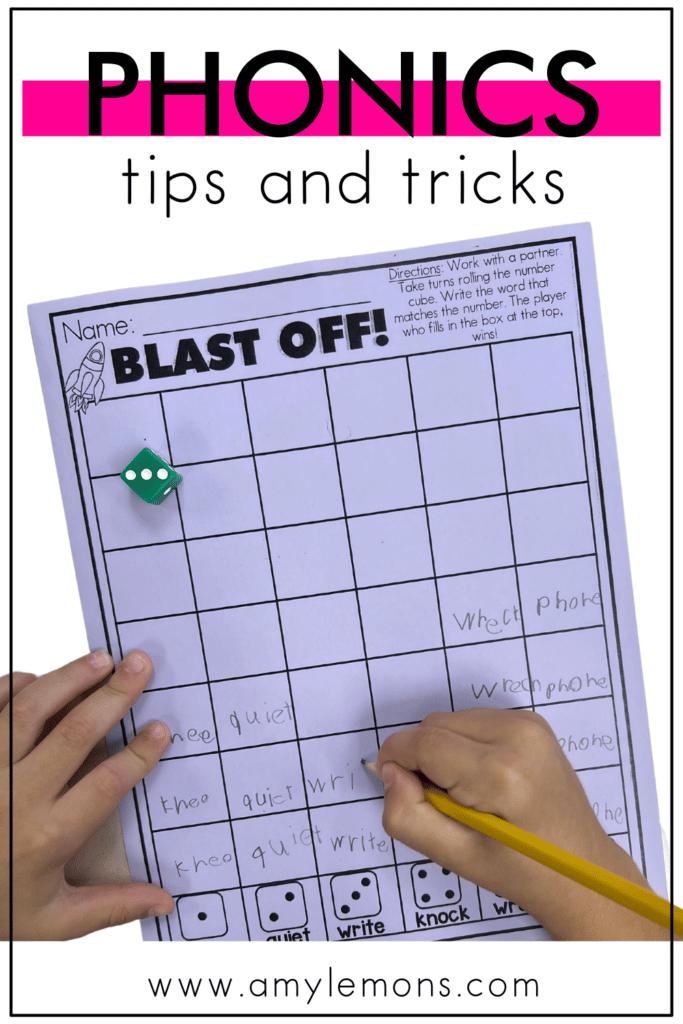
True or False: Phonics instruction can get repetitive? Okay, don’t answer that question because the answer is definitely true! And if I can be candid, teaching letter sounds is just not very fun. Or so I thought anyway. With the help of a few trusted teachers, like my dear friend Katie, I was able to find fun, new ways to introduce words and word families to students! After a while in my teaching journey, I felt way more confident in my phonics teaching strategies. And that’s what I want to share with you today!
I teamed up with Katie to bring you a few of the phonics teaching strategies that we implement in our reading curriculum that you can emulate in your classroom. And because I’m me, I’ll be showcasing the many ways you can use these phonics teaching strategies with hands-on activities and games.
I want to set you up for success, so if you make it to the end, I’ve got a fun phonics FREEBIE waiting for you!
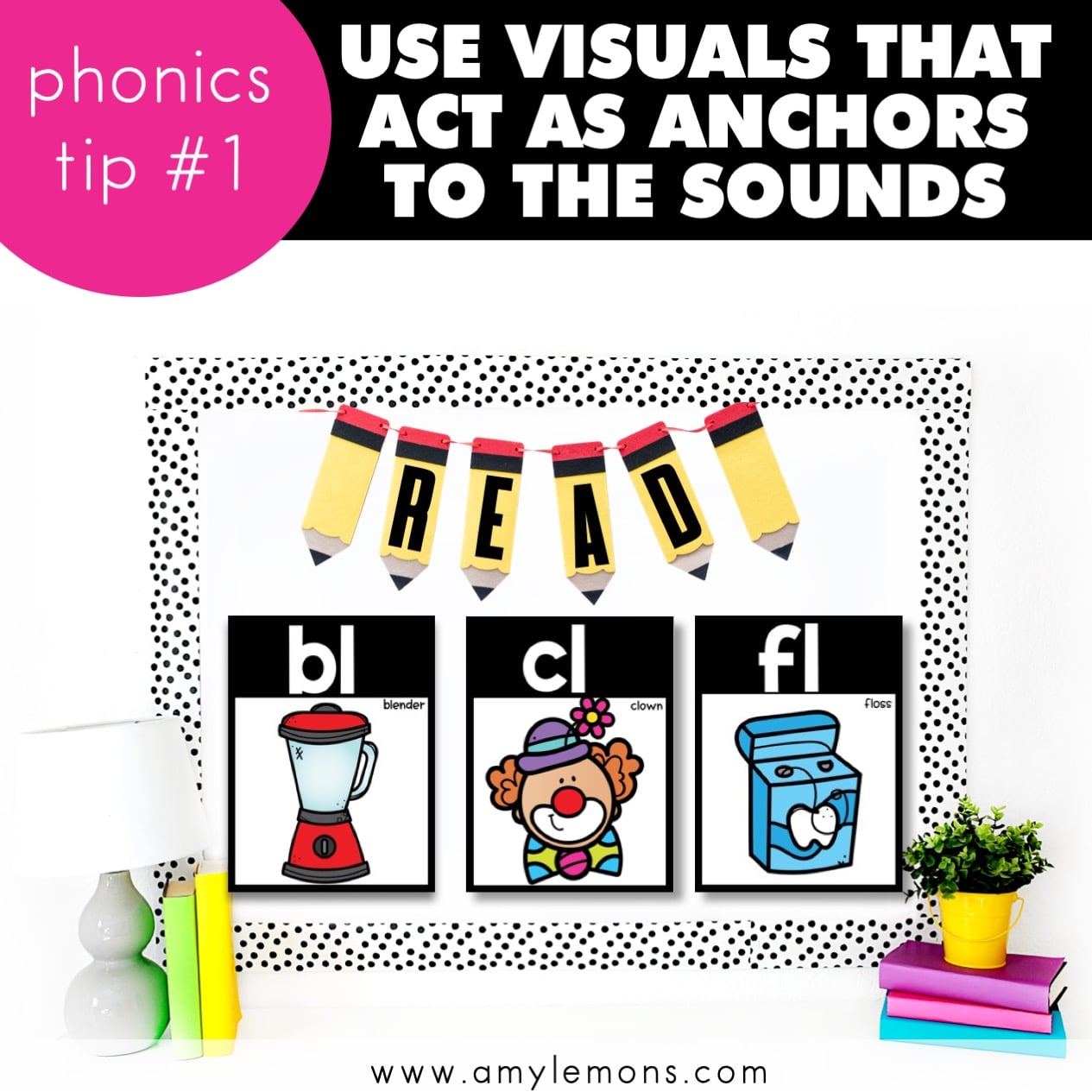
You know me, I am all about visual elements! Nothing gets the point across like a good image and when practicing letter sounds, visuals do amazing in helping students grasp what they’re saying.
For this reason, we always include picture cards in our phonics instruction as well as phonics focus posters. Placing posters around your classroom for the letter sounds you’ll be working with at any given time, keeps the students constantly looking at what they need to know. The more they see it, the easier it will become to repeat it.
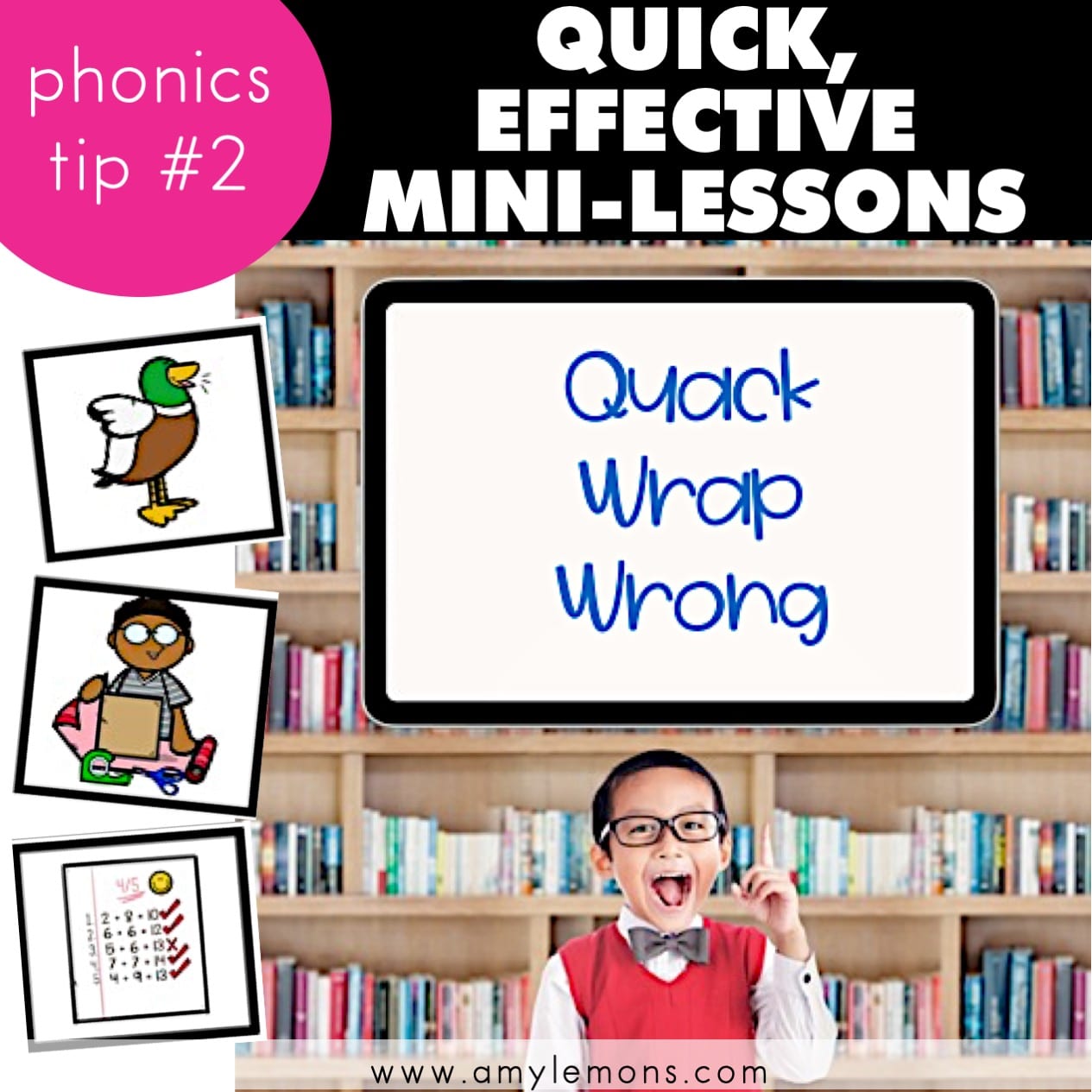
Personally, I love a good mini-lesson. If you really want your students to understand a skill, be sure to reinforce it with a phonics mini-lesson.
Phonics lessons don’t need to be long, as long as they’re effective. One way we add in mini-lessons is with a quick introduction to the letter sounds we will be practicing then having students complete a matching activity. Students can identify and match the words with the corresponding picture cards.
By making this really simple and straightforward, students matching words to picture cards, you help eliminate the overwhelm that can come from practicing too many skills at once. Instead, in these phonics mini-lessons, we focus on one. Students can get a general idea before moving on to more elaborate activities.
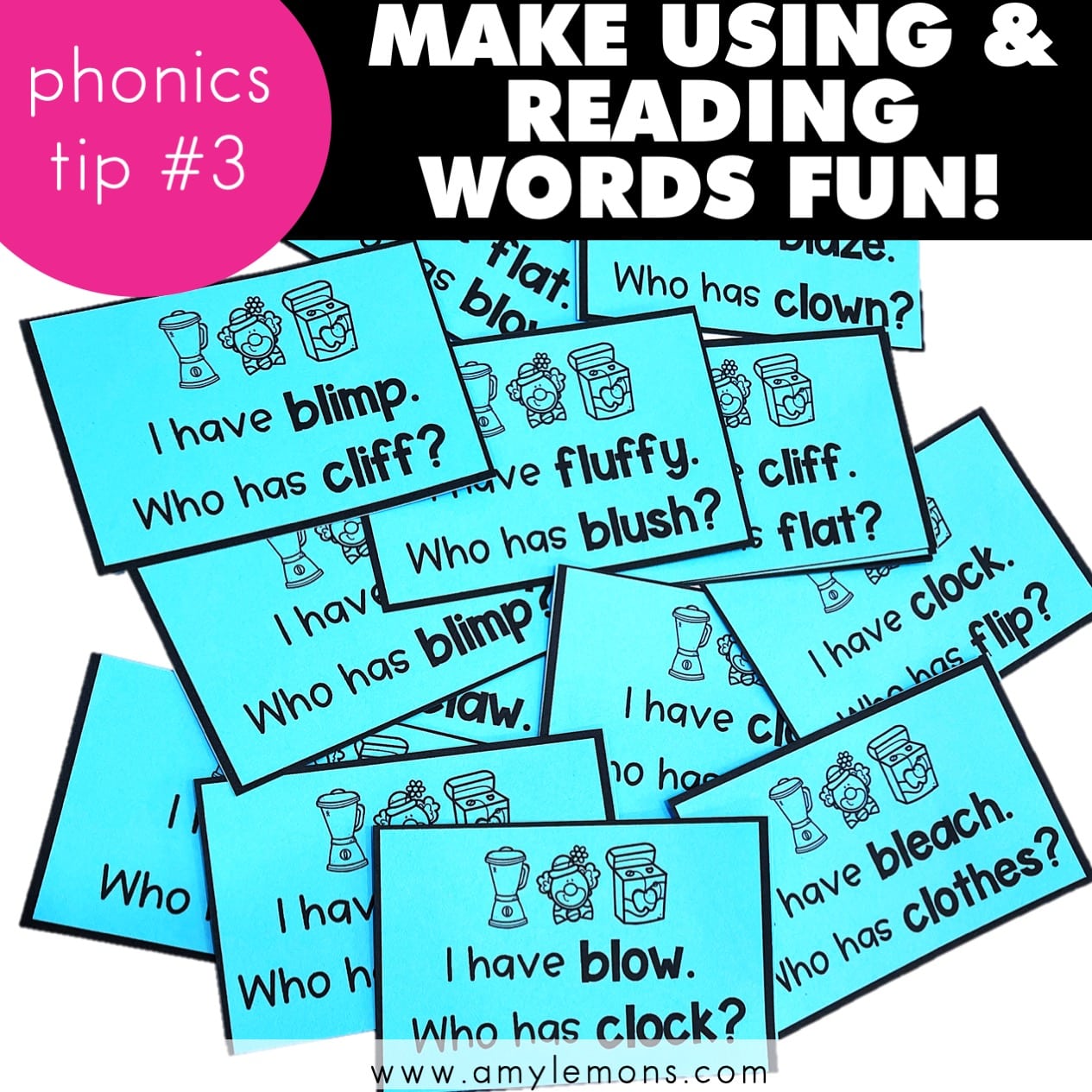
Simply repeating random words on paper isn’t a whole lot of fun. The attention span of children is already teeny-tiny, so if you’re just having them read off words from a list, you will not get the full effect from your lesson plans.
Instead, I encourage you to get playful! In our 2nd-grade phonics bundle, one phonics teaching strategy we emphasize is playfulness. There’s just no way you can lose if you make things game-like for kids.
For example, in the bundle, we like to do a game of “I have…Who has?” We add our focus words to a game card and on each card, the students will say out loud what word they have and then ask who has another word from their list!
It’s a sure way to keep them engaged and get them moving!
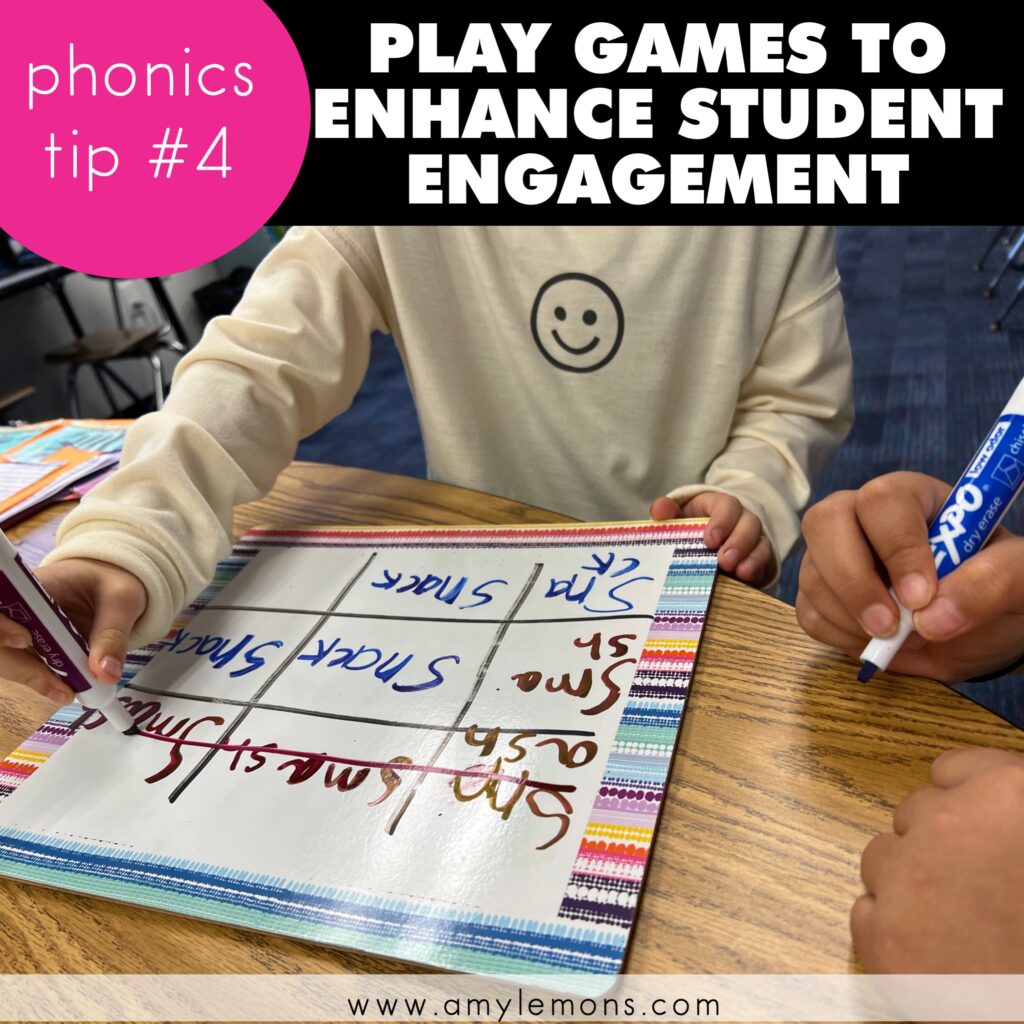
Speaking of games, we ALWAYS include tons of games in our resources and when it comes to phonics, it is no different. There are only so many ways to learn letter sounds, but there are many games you can play to make it less repetitive!
Some examples from our phonics bundle include:
Use this phonics teaching strategy to introduce the lesson or save it for last to breathe new life into your plans!
You can learn more about the type of phonics games we include in our 2nd-grade phonics resource in my TPT shop right HERE.
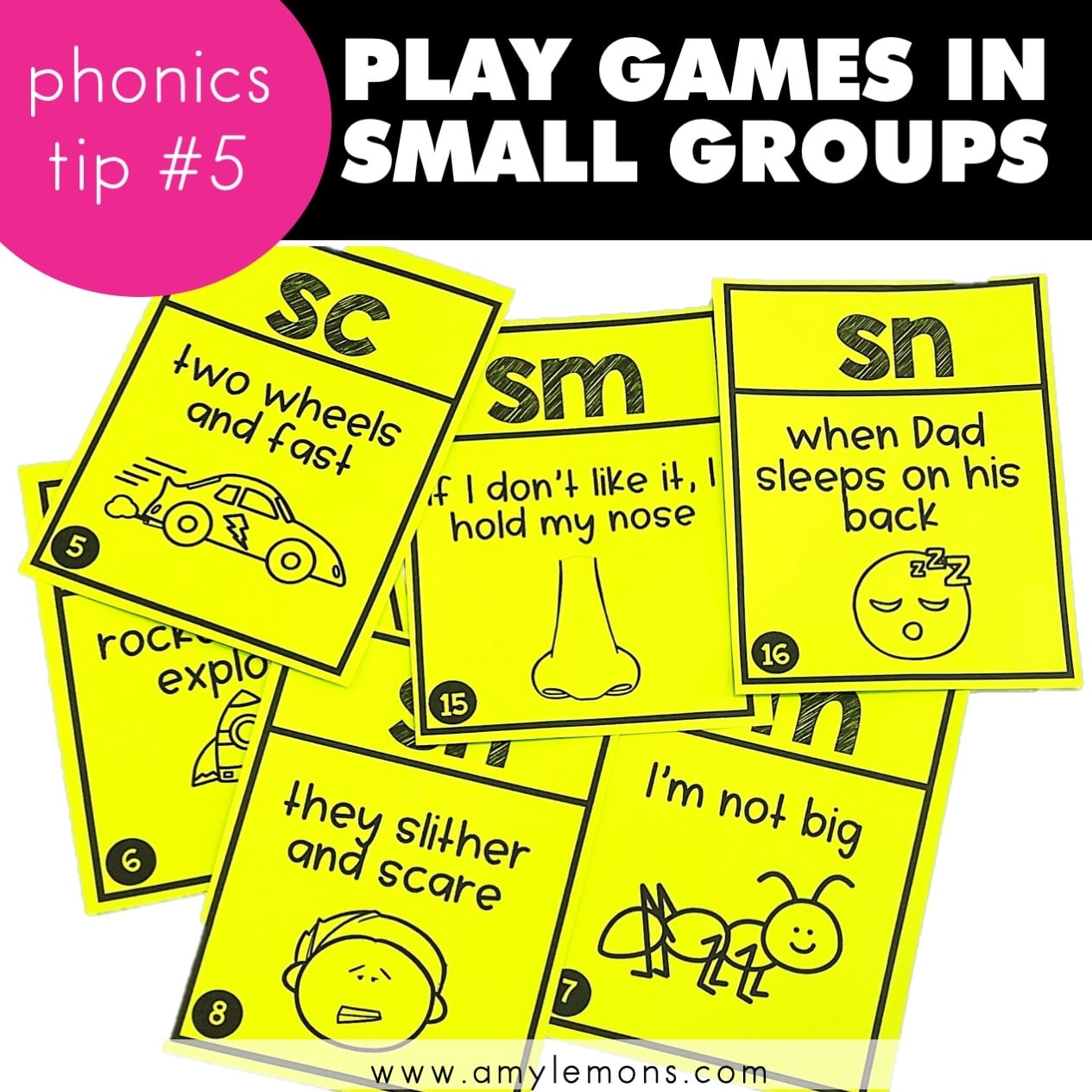
One more thing about games, I think I love them most when used in a small group format. If you were wondering how you can arrange your phonics lessons so that they fit into small group sessions, then this is it. Turn them into game time, too.
In this example, we focus on one particular set of blends. Pictured above, we practice s blends in a small group with a guessing game. In Clue and Blend, each student will draw a card and then try to guess the word from the description that starts with the given blend.
In the small group setting, these can be a bit more challenging. Games like this one make it easier for the students to focus and for you to step in to assist in a fun way!

This isn’t so much a phonics teaching strategy as it is a best practice. We really want to ensure that we include phonics assessments and that those assessments are heavily focused on the sounds. And remember, you don’t need long, drawn-out assessments either. A quick one can do the trick!
We include phonics assessments in our phonics teaching bundles because we know how crucial it is for teachers to have these at their fingertips. You can use these for the class or when you need to do a quick check for a couple of students!
We enjoy assessments that have students write the words for the images they see. That way they are heavily reliant on “sounding out” as they write!

For our last tip on phonics teaching strategies, I want to talk about putting an emphasis on word families!
You may already be implementing this in your classroom as we know that teaching about word families is one of the main pillars of any phonics instruction. We like to make it a priority in our instructional materials for phonics because it’s so stinkin easy for students to build from there.
We can start with rhyming words and evolve from there! One way we emphasize word families is with our word sliders. Students have their stagnant prefix or suffix card and they slide it along a strip with various letters to create new words within the same word family!
This is an extremely beneficial practice for comprehension, assisting with spelling, and understanding how words can be decoded.
Use these phonics teaching strategies to foster an environment of fun with words! Because learning letter sounds can get repetitive and boring, vary your phonics activities with games, hands-on learning, fun visuals, and focused assessments.
Just so you have an idea of what this looks like, I’ve included a FREE phonics activity that you can grab right now! All you have to do is fill in the form below for it to be delivered straight to your inbox.
By the way, all of the activities mentioned in this post are from our 2nd Grade Phonics resource, pulled directly from our newest Rooted in Reading for 2nd grade 2nd edition bundle. You can learn more about those two resources HERE and HERE, respectfully.
Grab this phonics game to play with your students! Simply add your focus words along the board and have students work with partners to race to the end. Instructions are included in the download.
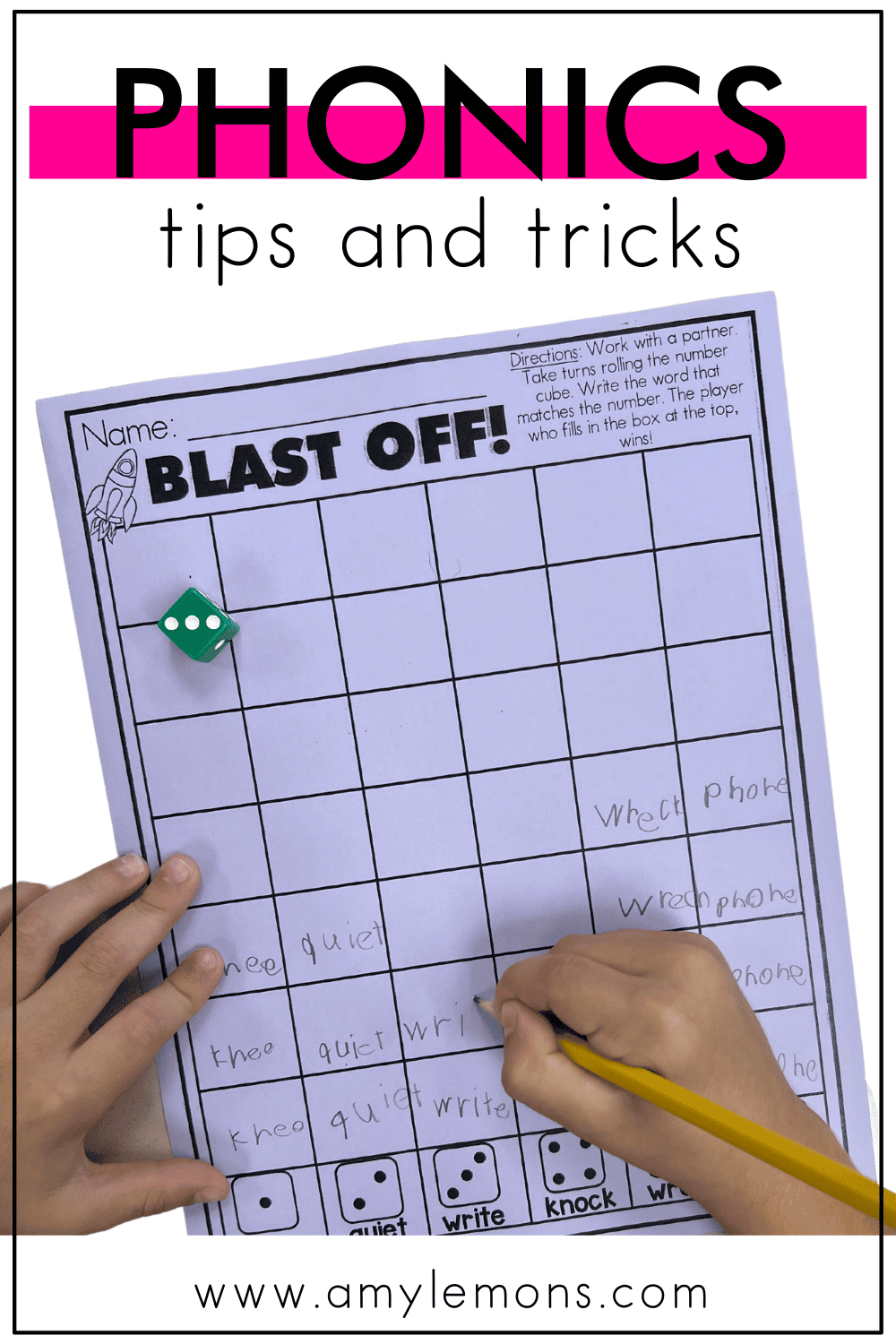

Hey, y’all! My name is Amy Lemons and I am passionate about providing students with both engaging and effective standards-based Math and ELA lessons.
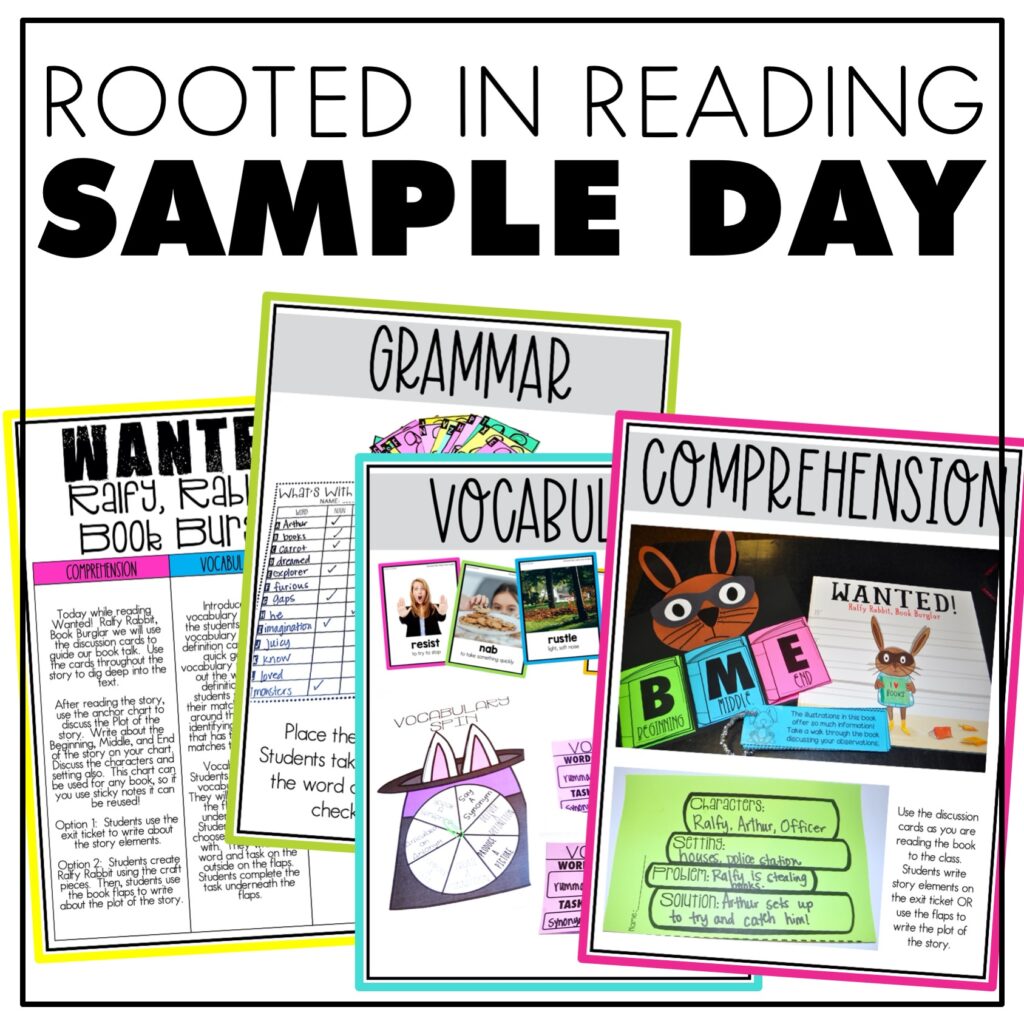
Sample a day of Rooted in Reading with these lesson plans and activities for Reading Comprehension, Vocabulary, and Grammar!


